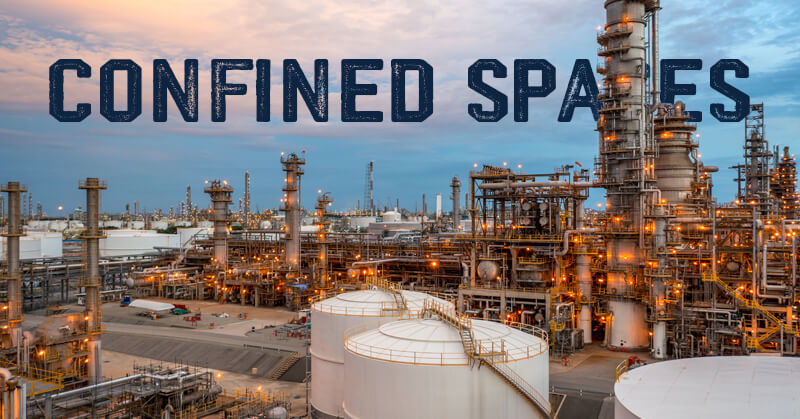
Understanding Confined Spaces: OSHA Regulations and Best Practices
Confined spaces pose unique risks to workers across various industries. Understanding the definition and hazards associated with confined spaces is crucial for ensuring workplace safety. This blog post aims to combine insights from the Occupational Safety and Health Administration (OSHA) guidelines with general best practices to navigate and mitigate risks within confined spaces.
Defining Confined Spaces:
According to OSHA, a confined space is an area large enough for a worker to enter and perform assigned tasks. These spaces have limited entry and exit points and are not designed for continuous occupancy. Examples include tanks, silos, and pipelines. The inherent hazards in confined spaces can include poor ventilation, toxic atmospheres, engulfment risks, or physical hazards.
OSHA Regulations for Confined Spaces:
OSHA has outlined specific regulations (29 CFR 1910.146) to manage confined space risks. These regulations mandate proper identification, evaluation, and control of hazards within confined spaces. They also require employers to develop comprehensive entry programs, including permit systems, employee training, and emergency protocols.
Understanding Confined Space Hazards:
The hazards within confined spaces vary but often include lack of oxygen, presence of toxic gases or vapors, flammable atmospheres, mechanical hazards, and potential for engulfment. Proper evaluation of these risks is critical before allowing workers to enter these spaces.
Best Practices for Confined Space Safety:
While OSHA provides guidelines, implementing best practices is essential. The IPS Group emphasize additional measures to enhance safety within confined spaces. These include:
- Conducting thorough risk assessments before entry.
- Implementing a permit-based system for entry, ensuring proper authorization and safety measures.
- Utilizing gas monitoring equipment to assess air quality.
- Providing appropriate personal protective equipment (PPE) for workers.
- Ensuring adequate training for all personnel involved in confined space work.
- Establishing effective emergency rescue plans and equipment.
Navigating confined spaces requires strict adherence to OSHA regulations and a proactive approach to safety. By combining OSHA’s guidelines with insights from industry experts like The IPS Group, organizations can better protect workers and mitigate risks associated with confined spaces, ensuring a safer work environment for all.
Disclaimer: This blog post is intended for informational purposes only and should not replace official OSHA guidelines or professional advice tailored to specific workplace situations. Employers and workers should always follow applicable safety regulations and seek expert guidance for their particular circumstances.




